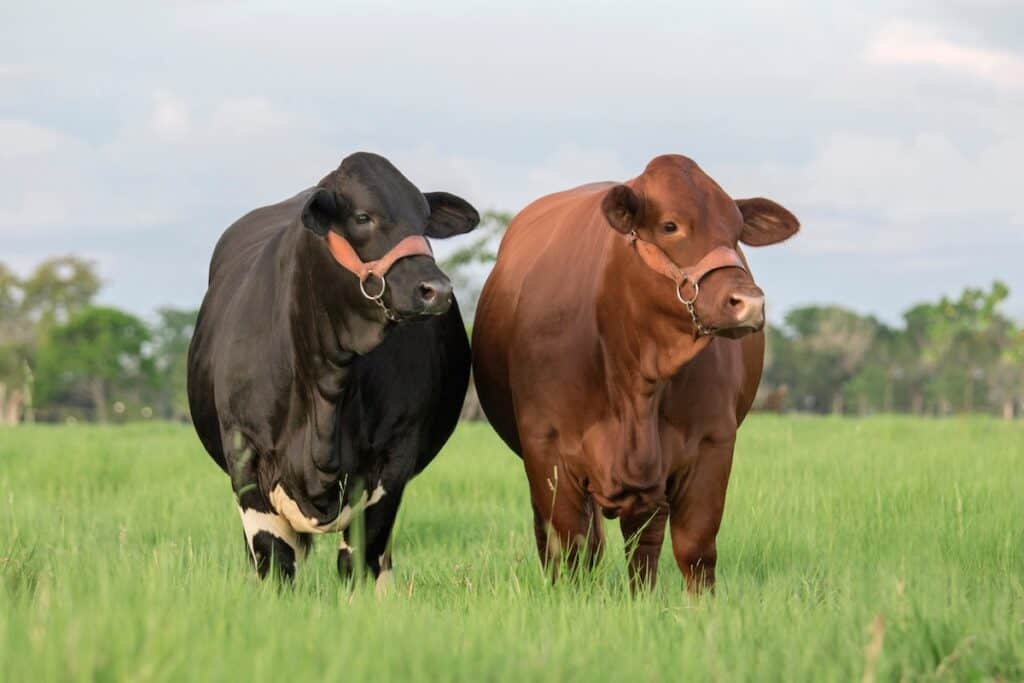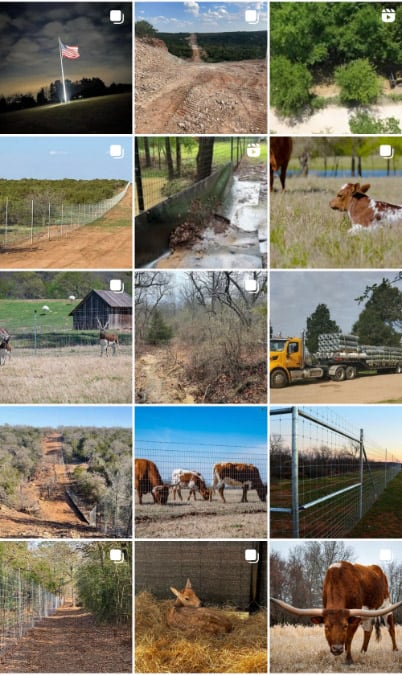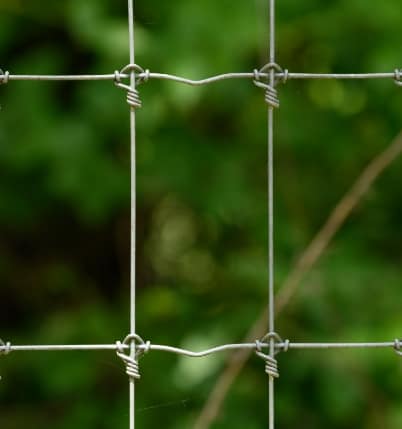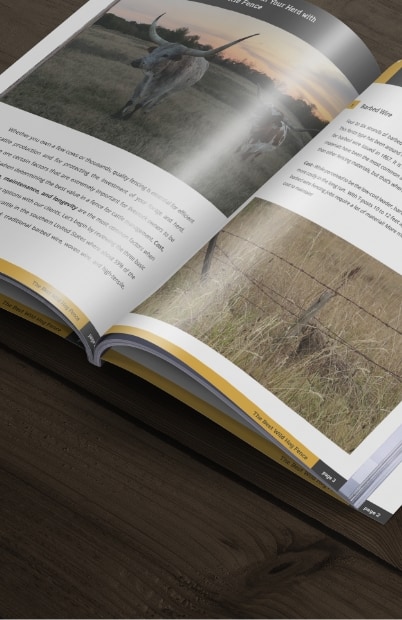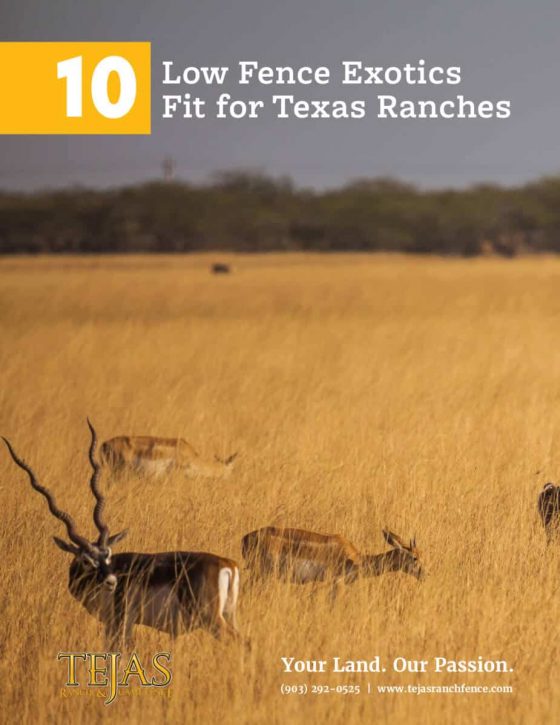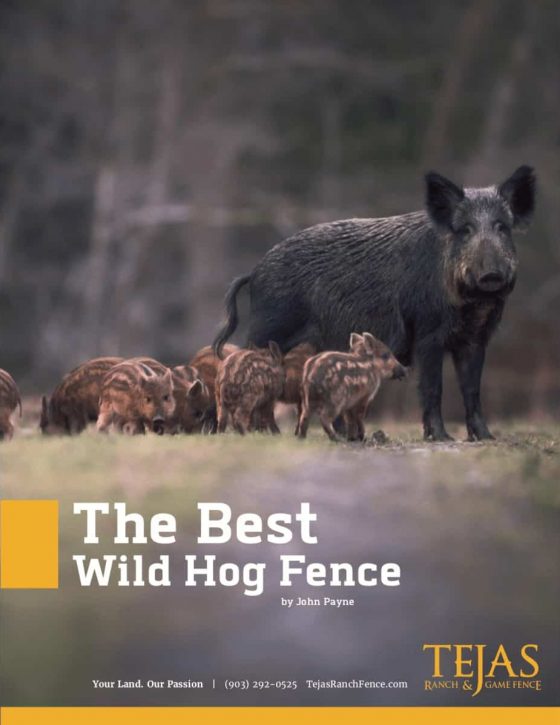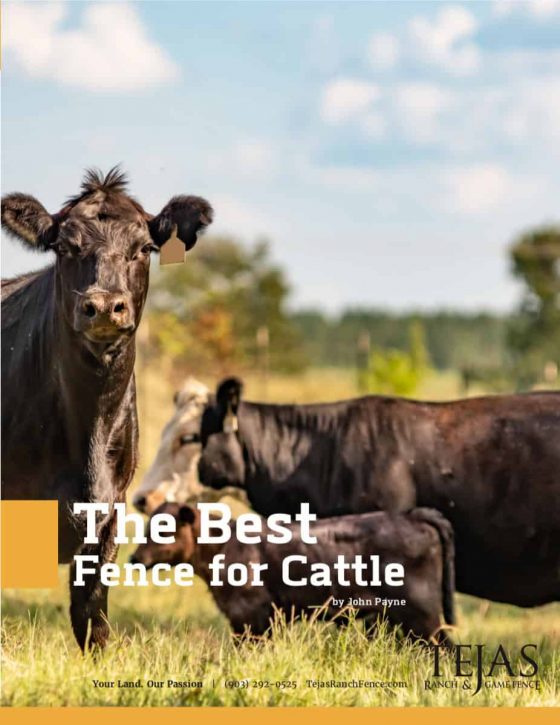If you recently bought a large ranch in Texas, you may want to consider Beefmaster cattle. They could be the perfect livestock for you. These cattle are not just any breed. They are a Texas original. They are made to thrive in the tough climate of this state. They also produce some of the best beef you will ever grill.
Whether you’re new to ranching or just want a breed that’s easy to manage and profitable, Beefmasters could be the perfect fit.
We will discuss what they are like and why they are special. We will also cover how to use them. Finally, we will find out where to get support as a Beefmaster breeder.
A Brief History of Beefmaster Cattle
Beefmaster cattle have deep Texas roots. Tom Lasater, a rancher, created them in the 1930s. He wanted cattle that could survive the hot and dry land of South Texas.
Lasater mixed three breeds—Hereford, Shorthorn, and Brahman—to come up with something new. The Hereford and Shorthorn brought beef quality, while the Brahman added heat tolerance and toughness. After years of fine-tuning, the authorities officially recognized Beefmasters as a breed in 1954.
Since then, they’ve become a go-to choice for Texas ranchers. As a new landowner, you invest in cattle that suit your environment. They’re not just survivors—they’re champs built right here in the Lone Star State.
What Do Beefmaster Cattle Look Like?
Beefmasters are impressive animals, with a strong build that screams power and a calm vibe that makes them easy to work with. Here’s the rundown on their looks and stats:
- Height: They stand about 4.5 to 5 feet tall at the shoulder—big enough to impress, but not overwhelming.
- Weight: Bulls tip the scales at 2,000 to 2,500 pounds, while cows are lighter at 1,200 to 1,600 pounds. That’s a lot of beef on the hoof!
- Lifespan: Expect them to live 10 to 12 years, which is pretty standard for cattle.
- Color: You’ll see them in red, brown, or a mix of both, often with white patches on their face or legs. They’re eye-catching without being flashy.
- Characteristics: These cattle are muscular and sturdy, with a gentle temperament. That calm nature is a big plus if you’re new to handling livestock.
Picture a large, friendly giant that’s ready to work for you—that’s a Beefmaster in a nutshell.
What Are Beefmaster Cattle Known For?
Beefmasters have a reputation for being some of the toughest, most efficient cattle around. Here’s what sets them apart, especially for Texas ranching:
- Heat Tolerance: Their Brahman blood means they can take the Texas sun like it’s no significant challenge. They stay cool and comfortable when other breeds would be panting.
- Disease Resistance: Beefmasters are resistant to many common cattle diseases and pests. That’s less stress for you and fewer trips to the vet.
- Fast, Efficient Growth: These cattle pack on pounds quickly and don’t need fancy feed to do it. They turn grass into muscle like champs, saving you money.
- Awesome Beef: The meat is tender, juicy, and has great marbling—those little fat streaks that make steak melt in your mouth. Premium stuff that beef consumers love.
For a high net worth landowner, this combo of low upkeep and high payoff is a dream. Beefmasters breed work hard so you don’t have to.
Possible Uses for Beefmaster Cattle
Beefmasters are mostly about beef, but they’re versatile enough to fit different goals for your ranch. Here are some ways you could put them to work:
- Beef Production: Their main job is making high-quality meat. Sell it to local restaurants, markets, or even start your own premium beef brand—people will pay for that Beefmaster flavor.
- Crossbreeding: Mix them with other breeds to boost your herd. Pairing them with Angus, for instance, can give you calves that grow fast and taste great.
- Show Cattle: With their good looks and chill attitude, Beefmasters shine at livestock shows. You can enjoy a fun way to get involved in ranching culture or you can introduce your family to the hobby.
- Rodeo Events: Some Beefmaster bulls have the strength and spunk for rodeo events. If you’re into that scene, they could add some excitement to your ranch.
Whether you’re after profit, pride, or a bit of both, Beefmasters can deliver.
Fences for Beefmaster
A secure fencing system is non-negotiable for cattle safety, containment, and management. In Texas, common setups include:
- Fence Material: Barbed wire is the most common and affordable, typically with 5–6 strands and posts spaced 10–12 feet apart. The best cattle fence is a high-tensile fixed-knot fence. Strong, easy to maintain, and reliable for managing your herd.
- Gates and Cattle Pens: Sturdy gates and corrals facilitate handling for branding, vaccinating, or transporting. For higher traffic areas, you need stronger posts, more braces, and tighter high-tensile fixed-knot mesh patterns.
Top 5 Associations for Beefmaster Cattle
You won’t be alone if you choose Beefmasters—there’s a whole community ready to help you succeed. Here are the top five groups for Beefmaster breeders:
- Beefmaster Breeders United (BBU): The big kahuna of Beefmaster groups. They handle registrations, host events, and offer advice to get you started.
- Texas Beefmaster Breeders Association (TBBA): A local Texas group that links you with nearby ranchers, buyers, and events. This is great for your new ranch.
- Southeastern Beefmaster Breeders Association (SEBBA): Covers the Southeast, including Texas, with shows and sales to show off your herd.
- International Beefmaster Breeders Association (IBBA): Links you to Beefmaster fans worldwide. Great for learning tricks from global ranchers.
- Junior Beefmaster Breeders Association (JBBA): A group for kids or grandkids who want to raise and show Beefmasters. A fun way to pass down the ranching bug exists.
Related Pages
How Much Do Cattle Fences Cost?
5 Most Common Cattle Breeds in Texas
